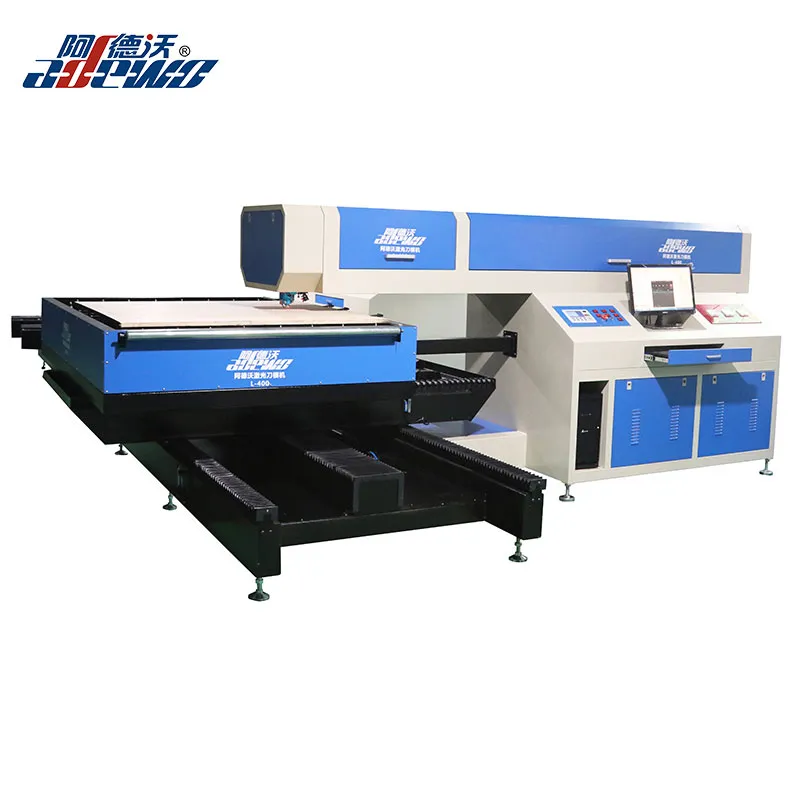Unlocking Precision and Versatility with Laser Cutting Machines
2024-11-21
In the modern era of manufacturing and design, laser cutting machines have become indispensable tools. These machines offer a level of precision, speed, and versatility that is unmatched by traditional cutting methods. From intricate designs on jewelry to large-scale industrial projects, laser cutting machines have revolutionized how materials are processed.
What is a Laser Cutting Machine?
A laser cutting machine uses a focused beam of light (laser) to cut through or engrave materials. The high-powered laser melts, burns, or vaporizes the material in its path, leaving smooth, clean edges. Laser cutting can be applied to a wide range of materials, including:
- Metals: Steel, aluminum, copper, and more.
- Plastics: Acrylic, PVC, and polycarbonate.
- Wood: Plywood, MDF, and natural wood.
- Textiles: Fabrics and leathers.
Types of Laser Cutting Machines
There are three main types of laser cutting machines, each suited for specific applications:
1. CO₂ Lasers:
- Ideal for non-metallic materials like wood, glass, and acrylic.
- Commonly used in signage, packaging, and artistic projects.
2. Fiber Lasers:
- Efficient for cutting metals such as stainless steel and aluminum.
- Favored in automotive, aerospace, and electronics industries.
3. Nd:YAG Lasers (Neodymium-Doped Yttrium Aluminum Garnet):
- Suitable for high-energy applications like welding and deep engraving.
- Typically used in medical device manufacturing and defense.

Key Advantages of Laser Cutting
1. Unmatched Precision
Laser cutting machines can achieve intricate designs with tolerances as low as 0.01 mm, making them perfect for detailed projects.
2. Speed and Efficiency
High-speed lasers allow for quick processing, reducing production time and costs.
3. Versatility
With adjustable settings, the same machine can handle various materials and thicknesses.
4. Minimal Material Waste
Laser cutting minimizes waste due to its precision, making it an eco-friendly choice.
5. Low Maintenance
Unlike mechanical cutters, lasers don’t wear out, ensuring long-term operational efficiency.
Applications Across Industries
1. Automotive Industry
Laser cutting is used for precise shaping of car components, reducing assembly time and improving quality.
2. Architecture and Construction
Architects utilize lasers to create intricate metal panels and design prototypes.
3. Fashion and Textiles
Custom patterns and engravings on leather and fabrics have become a hallmark of high-end fashion.
4. Medical Field
Surgical tools and implants are often crafted with laser precision.
Choosing the Right Laser Cutting Machine
When selecting a laser cutting machine, consider:
- Material Compatibility: Identify the materials you'll be working with most.
- Power Requirements: Higher wattage for thicker materials; lower wattage for fine details.
- Software Integration: Advanced machines offer user-friendly interfaces for design uploads.
- Budget: Balance initial cost with operational efficiency and maintenance.
The Future of Laser Cutting
With advancements in automation and AI integration, laser cutting machines are evolving into smarter tools. Features like real-time monitoring, adaptive cutting speeds, and IoT connectivity are set to redefine the manufacturing landscape.
Conclusion
Laser cutting machines are not just tools; they are enablers of innovation. Whether you’re a hobbyist crafting personalized gifts or a manufacturer scaling up production, investing in a laser cutting machine opens up endless possibilities.
Explore the world of laser cutting and transform your ideas into reality with precision and style!
Have you worked with laser cutting machines? Share your experiences or favorite projects in the comments below!


